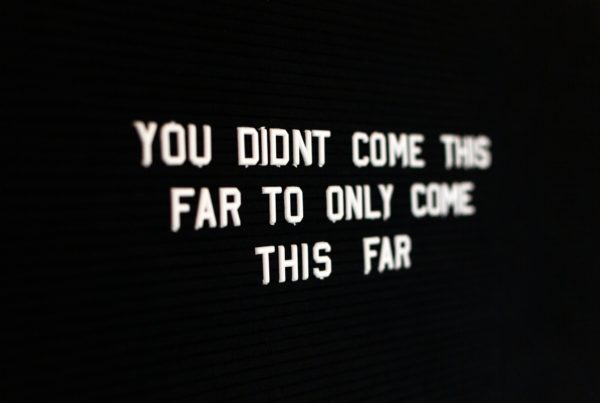The global pandemic forced new ways of working on almost all of us. Companies had to quickly adapt to the very different dynamic of remote working – offices became deserted overnight, while employees created makeshift desks at home.
All of this proved a sudden and major disruption to our working lives. But we adapted fast, and it quickly became clear that the new home-working paradigm was surprisingly effective.
Fast forward to summer 2021 and, even with restrictions easing, many businesses are keeping much of what they enjoyed during full lockdown. They’re adopting a more hybrid model, where employees split their working time between their office and home.
On the whole, companies seem pretty keen on this new way of working. The BBC questioned the UK’s 50 biggest employers and found that very few planned to bring staff back to the office full-time. In fact, 43 companies said they’d embrace a mix of home and office working, with staff encouraged to work from home two or three days a week.
Employees are equally up for hybrid working, with an Accenture report revealing that 83% now prefer this model. It’s far more flexible – and flexibility seems to go hand-in-hand with success: 63% of high-growth companies had already enabled ‘productivity anywhere’ or hybrid workforce models, while 69% of negative or no-growth companies were snubbing the solution in favour of either an everybody-on-site or all-remote model.
Judging by these stats, it’s clear that hybrid working can be a highly effective way of doing things. But how to make it work?
Be flexible – but retain some control
The top line here is to be flexible. This new pandemic world is unprecedented for all of us, and attitudes and preferences are still evolving. You may not yet be clear on the best working rhythm for your staff.
A good starting point will be to listen carefully to what your teams are telling you about how they prefer to work. Test any new work models before implementing them formally. Be willing to learn from what works – and what doesn’t.
You need to give your teams some degree of choice and control to plan their working lives – but you also need to make sure everyone is fully engaged with the new setup, and – as ever – with your company’s aims and aspirations. You don’t want to risk losing talented staff as they look for somewhere offering more flexibility; neither do you want to lose out on productivity by not getting people into the office for those crucial face-to-faces, when creative synergy is at its highest and real, tangible progress is made.
Plan and coordinate when staff are in the office
When staff do want to get back into the office, one motivation dominates: to reconnect with their colleagues. We all need to feel connected and part of something larger than ourselves. So, make sure that, whatever new work model you choose, those times when people are in the office are truly effective, nurturing a sense of community and belonging.
It’s important that when people are coming in, they’re meeting up with the right colleagues. I.e., you don’t want half your creative team coming in on a Tuesday for a crucial brainstorming session, only to find that the other half have all opted for a different day in the office that week!
Maintain strong communication
You want everyone on your team fully on board with your new ways of doing things – so make sure you’re fully transparent about what you’re doing and why at all times. Keep communication open between teams and their leaders.
Your staff will also need to feel valued, and to know that their efforts will have an impact on the company’s overall success. These new ways of working have many advantages, but they also bring a risk of staff feeling isolated and disconnected. Motivate and validate employees by giving feedback about their performance and reminding them how their work contributes to the whole.
Promote staff wellbeing
We all know, both from the news and anecdotally, that the pandemic has raised stress and anxiety levels for many people. Your new work landscape needs to be alert to any mental health issues, and to promote wellbeing across the team.
Among other things, we’d definitely recommend mental health training for managers, as well as regular one-to-one catch-ups with staff. While maintaining that key flexibility we’ve spoken about, keep an eye out for any team members who haven’t been seen in the office for some time. Encourage them to put in an appearance soon – chances are it will benefit them every bit as much as the office as a whole. Be particularly sensitive to the wellbeing of younger staff, and those in particularly stressful roles.
At Jefferson Talent Group, we have years of expertise in managing complex organisational change – and we can bring this experience to you as you work out the best way forward for your workplace.
Our wellbeing management service is also on hand to help you to address whatever concerns you and your staff may have during these times of change.
Contact us today to find out how we can help you manage the changes you need – and to create the working model that works best for you and your team.









